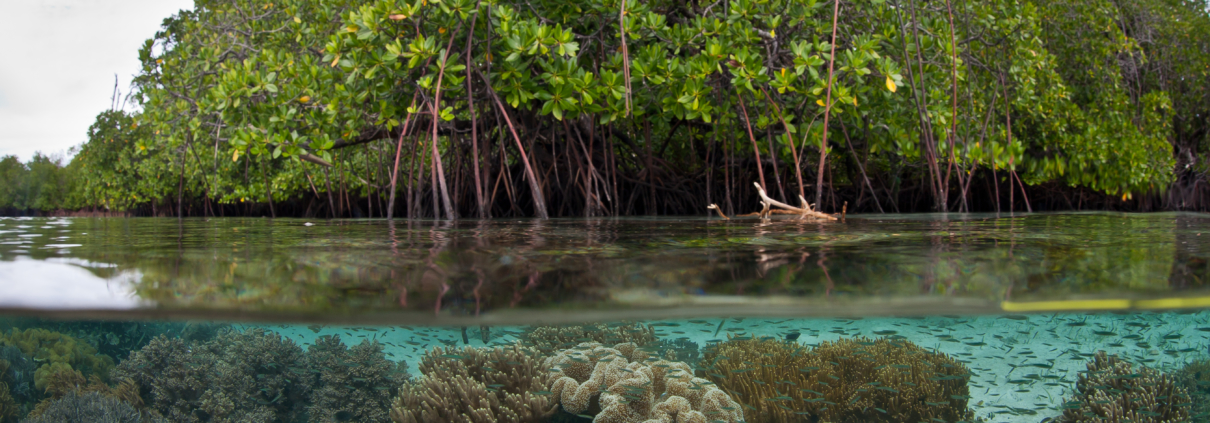Keystone Species… What Are They?
Some species are more important than others because they have a disproportionately large impact on their ecosystem. Many charismatic and uncharismatic species alike are keystone species. Corals are a popular one. Mangroves are one too. You might know about sea otters and their positive impact on kelp forests.
Each ecosystem has at least one keystone species that makes up the basis of that ecosystem. We will go over a few examples to give you a better idea of what it means to be a keystone species. Let’s start with mangroves. Mangrove trees are the keystones of mangrove forest ecosystems. Without mangroves, a mangrove forest would not and could not exist. Mangrove roots and the trees’ ability to have their roots submerged by water periodically or full-time is at the basis of mangrove ecosystems. The roots allow for a specific type of habitat that many species rely on. Think about all the benefits mangroves provide to humans too! (If you don’t know, check out our Get Started page and follow us on social media).
Sea otters and kelp in the Pacific Northwest are keystone species of kelp forests. Kelp for the obvious reason, just like mangroves, are the basis of that ecosystem. Sea otters are also crucial for kelp to thrive as sea otters eat kelp’s main predator; sea urchins. Without sea otters, sea urchin populations can boom and they can eat an entire kelp forest at a surprising speed. What is left is a sea urchin barren.
Coral reefs have corals as their keystones. Without corals a coral reef could not exist because, well the name says it all, but also because corals physically build the reef themselves. A group of corals called Scleractinia can secrete calcium carbonate (stony) skeletons which are responsible for the complex habitat that an immense array of species depends upon for survival.
By now you can tell that ecosystems are usually named after their keystone species if they are plants or, as is the case of coral reefs, are thought to be plants by many people.
Share your favourite keystones in the comments! My personal favourites are corals and mangroves. As a diver the underwater world is the most exhilarating, and yet peaceful, place to be. Mangrove roots and coral coves always have surprises in store. You never know what you will encounter or experience.
Author:
Layla Olefs
Sustainability Manager and Co-Founder of White Green Blue.
Layla is on a mission to create positive impact and to spread awareness about our beautiful home. As a marine conservationist and PADI Dive Master her passion is the marine world and, of course, mangroves. She is the author of our Ecology and Culture blog series. Stephen Olefs, our Community Development Coordinator, is taking the lead in our Green Tech blog series.









